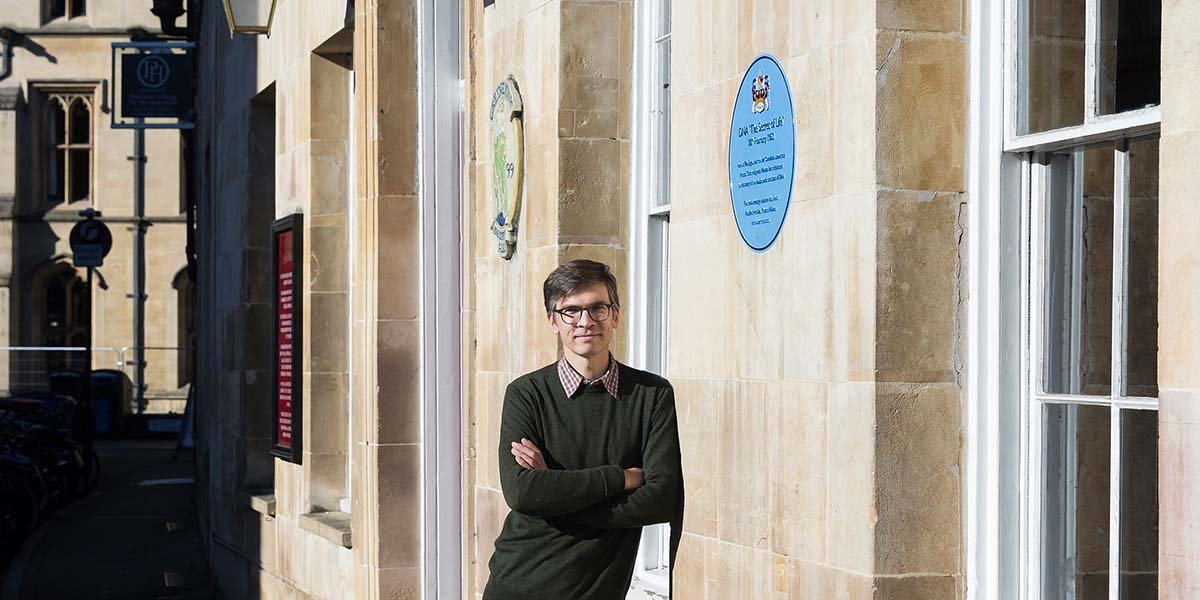Platypus matters
Surprise discovery reveals a physical link to one of science’s most significant findings – and validates the theory of evolution.
Five years ago, the discovery of a small box of specimens in a storage room at the University Museum of Zoology seemed insignificant. But to Assistant Director Jack Ashby, it couldn’t have been more significant – a direct link to a moment around 150 years before that changed the course of scientific thinking.
The box contained young echidna and platypus specimens at various stages of development, part of a collection made in 1883 by the Scottish embryologist William Hay Caldwell (Caius 1877). He had been sent to Australia to prove the existence of egglaying mammals.
And when Caldwell, with the assistance of Indigenous Australians, succeeded in his task, he created quite a stir. “Caldwell’s specimens were important because of the implication they had for the theories of evolution,” says Ashby. “They disprove the theory that all mammals give birth to live young, and support the theory of evolution, the idea that one animal group is capable of changing into another, something that many 19th-century scientists refuted.”
Caldwell himself was “slightly irritated” by the link to the debate raging around evolution, and was interested in the embryology of these mammals in its own right. He considered discussion of its implications for evolutionary theory a distraction, which perhaps explains why his specimens were not prized in the way that, say, Darwin’s were. Caldwell kept hold of them after his return to Cambridge from Australia and, when he left academia in 1893, the specimens were transferred to the University’s anatomy department.

The collection – seemingly split up, and with some specimens even dissected by other scientists – was transferred once again in the 1980s and 90s, this time to the University Museum of Zoology. At the time, the Curator Adrian Friday added a note that they may represent Caldwell’s missing specimens, but their historical significance is only now being fully recognised, having been investigated by Ashby during research for a project on the colonial histories of Australian mammal collections in Cambridge.
“We’ve got two million specimens and we can’t keep up with how quickly new examples come in. You need the right person to have the right focus at the right time to document them,” he says. Thankfully, Ashby is that person, and Caldwell’s work – alongside that of the 150 unnamed Indigenous Australians paid to collect the echidnas and platypuses – is now getting the attention it deserves. “It’s one thing to read the 19th-century announcements that platypuses and echidnas actually lay eggs,” says Ashby. “But to have the physical specimens here, tying us back to that discovery almost 150 years ago, is pretty amazing. There are so many stories that these objects can tell.”
Jack Ashby’s book, Platypus Matters: The Extraordinary Story of Australian Mammals, is out now.
 CAM
CAM